BITCORN BITCOIN
Bitcoin is:
- Censorship resistance.
- cryptocurrencies are a new asset class that enable decentralized applications.
Censorship resistance means that access to decentralized applications is open and unfettered. Transactions on these services are unstoppable.
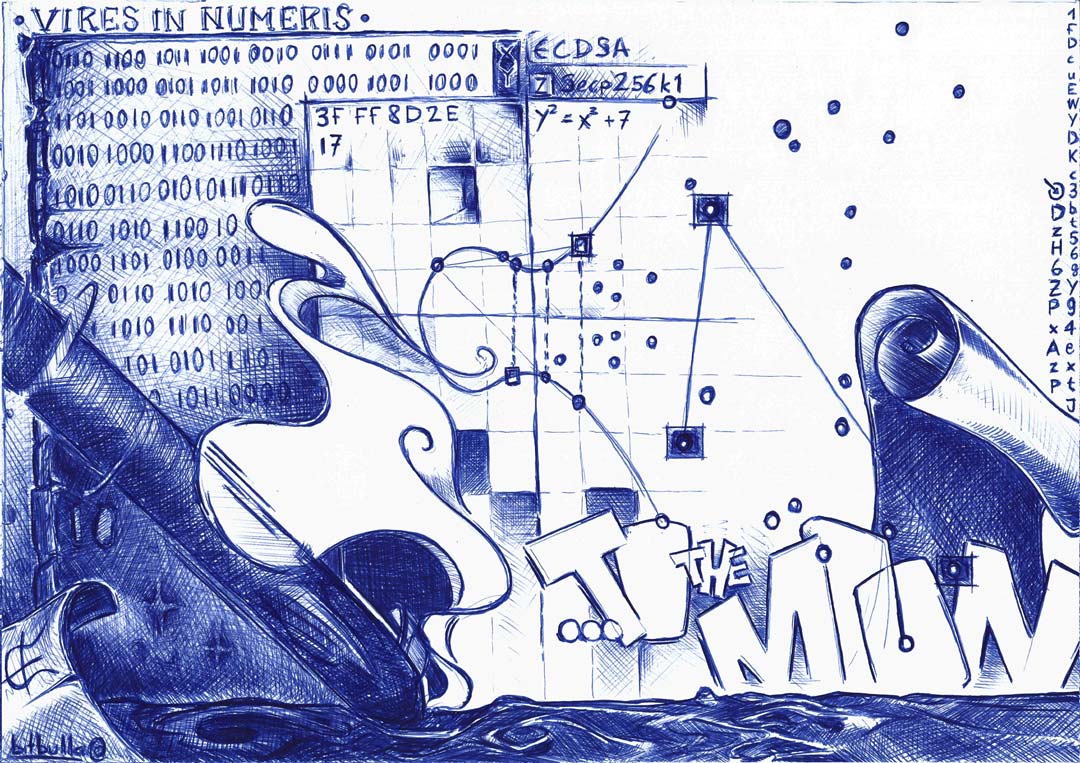
Adresse
Um Bitcoins zu senden und noch wichtiger um sie zu empfangen, braucht es eine Adresse, ähnlich wie eine Kontonummer. Wie eine Nummer „from scratch“ genertiert werden kann, also mit Stift und Papier, zeige ich im folgenden Abschnitt:
Los gehts:
- Zuerst muss eine Binärzahl mit 256 Stellen erstellt werden. zBsp. eine Münze. Je 4 Bits werden in einen Block geschrieben - 0010 1001 1010 1110 - davon braucht es 64 Blöcke…
0010 1001 1010 1110 0000 0001 0010 0011 0110 0101 0111 1000 1001 1010 1011 1101
1101 1110 1111 1011 0110 1001 0110 0011 0100 1001 0110 1011 0100 1001 0110 0111
0111 1001 0110 0011 0100 1111 0110 0011 0110 1011 0111 0011 0100 1011 1010 1011
0101 1011 0110 0011 0100 1101 0110 1011 0110 0001 0010 0011 1100 1001 0110 0011
- nun die binären Blöcke in hexadezimal Zahlen umgewandeln
0010 → 2
1001 → 9
1010 → A
1110 → E
… - Die Zeichenkette sollte etwa so aussehen:
29AE012365789ABDDEFB6963496B496779634F636B734BAB5B634D6B6123C963
- Jetzt wird es technischer. Die grosse Zahl, das Geheimnis, muss in das richtige WIF-Format (Wallet Export Format) gebracht werden. (Base58)
es gibt verschiedene Möglichkeiten das zu machen. Ich nutze hier den Konverter von Brainwallet.
Natürlich gibt es noch andere Methoden in anderen Sprachen, offline, ect…
- Das Resultat sieht dann so aus:
5J8eEWBgMqAxASYvxBubSCt5ioECvJjxpK83gvCHUHEsB8HptuA
DAS IST DER PRIVATE KEY (eine von 10 hoch 77 Varianten) und kann in eine Wallet importiert werden.
- Um jetzt eine öffentliche Adresse, den PUBLIC KEY zu erstellen, gibt es viele Arten.
Eine brauchbare und einfache Variante bietet
! Das Geheimnis hinter Cryptos ist der Elliptic-Curve-Digital-Signature-Algorithm, kurz ECDSA
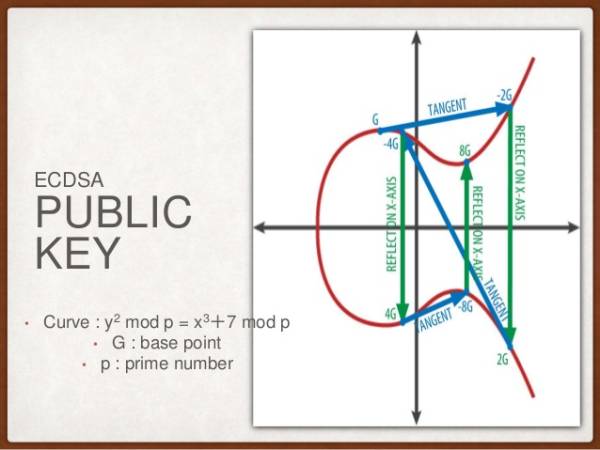 auch wenn die Berechnung vom Public key auf einer Kurve erfolgt, sieht das Ergebnis eher wie ein Feld von Punkten aus
auch wenn die Berechnung vom Public key auf einer Kurve erfolgt, sieht das Ergebnis eher wie ein Feld von Punkten aus
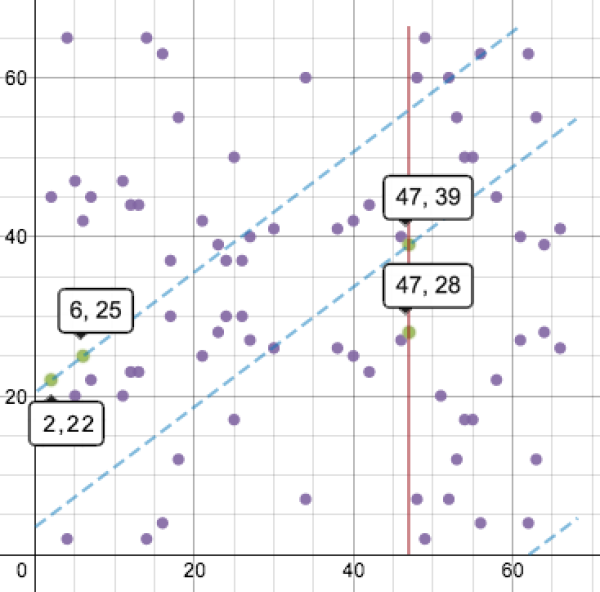 Bitcoinpaperwallet
Bitcoinpaperwallet
wenn alles klappt sieht das am Schluss so aus:
1Eu8X1AqyWz5SrgpfJvKXhUJghVMtk7pHi
 Die Transaktionen der Adresse kann hier auf der Blockchain gefunden werden:
Die Transaktionen der Adresse kann hier auf der Blockchain gefunden werden:
https://blockchain.info/address/1Eu8X1AqyWz5SrgpfJvKXhUJghVMtk7pHi
Um die Adresse zu benutzen und zu testen, muss der geheime Schlüssel in den Bitcoin Core Client importiert werden.
importprivkey "5J8eEWBgMqAxASYvxBubSCt5ioECvJjxpK83gvCHUHEsB8HptuA" "MyKeyName"
und zum Schluss noch der umgekehrte Test, den Schlüssel zu der Adresse in der Wallet exportieren:

bit was?
bit wie?
Was macht Cryptos im allgemeinen und Bitcoin im besonderen so stark?
Die Antwort ist recht einfach – Kryptographie.
Wenn wir von ECDSA (Elliptic Curve Digital Signature Algorithm) sprechen, dann von den Parametern Secp256k1.
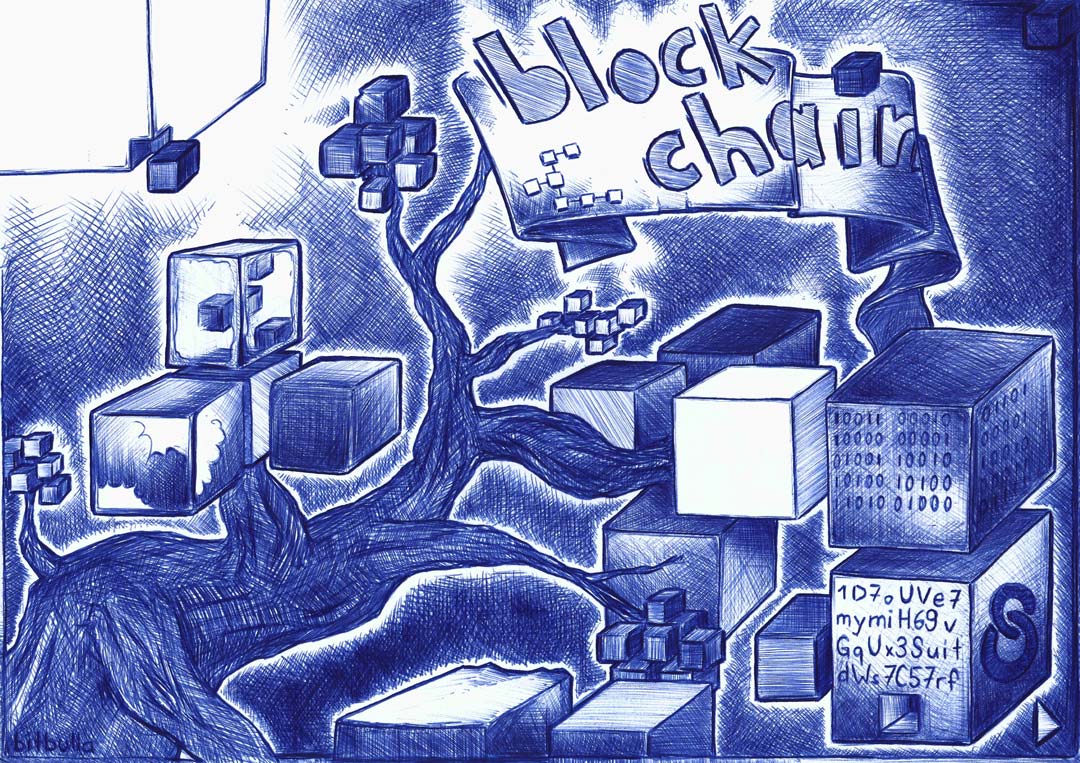
BitBulla
BitBulla schreibt hier:
BitBulla twittert hier:
BitBulla chartet hier:
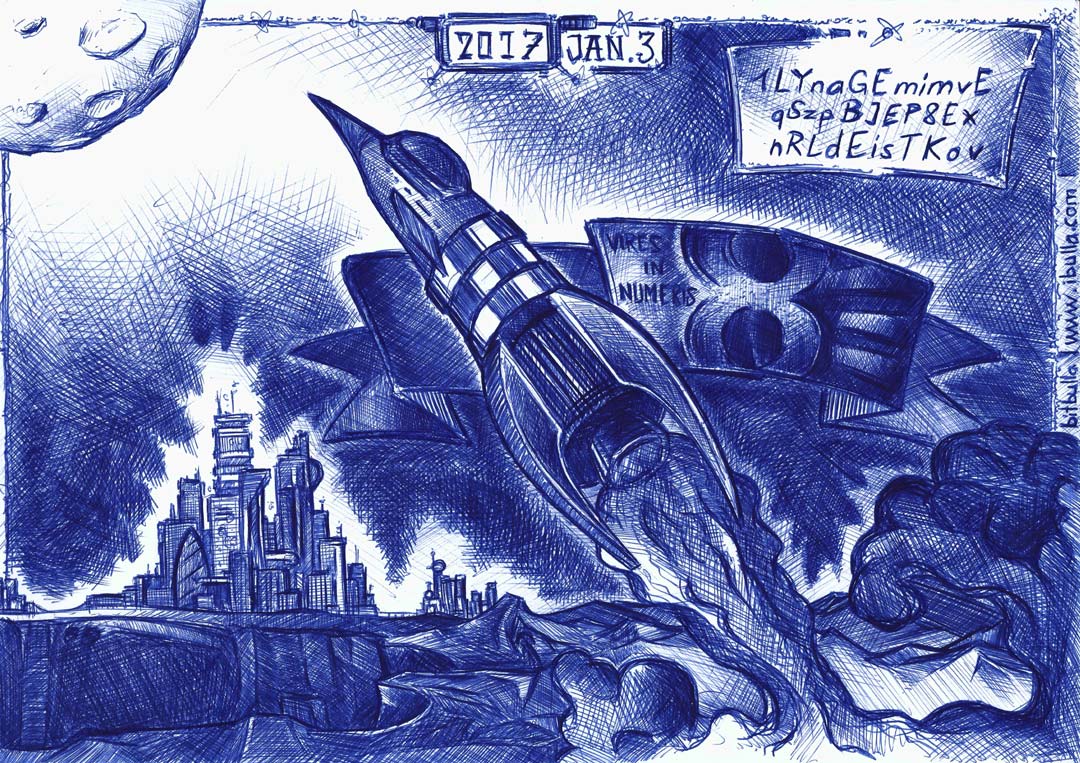
Bitte mehr
Bitcoin Core:
Blockchain
Markt
Just for fun
https://www.coindesk.com/math-behind-bitcoin/
Start mit Oreilly's und Wikipedia
Elliptische Kurven, ESDSA und Secp256k1
Base58
OFF TOPIC
this is a really good read aboud HD Wallets:
https://www.wedtec.net/2017/06/13/was-ist-ueberhaupt-eine-hd-wallet/
https://www.reddit.com/r/Bitcoin/comments/3vfr0u/transaction_made_by_bitcoin_core_but_missing_on/ If you want to speed things along, go to Help → Debug window → Console tab. Type getrawtransaction [TRANSACTION ID]. It will give you the transaction in hex format; when decoded to binary, this is exactly what your client sends to the network when you send a transaction – it's not private data. Copy the big chunk of hex text and type sendrawtransaction PASTE_HEX_HERE. That'll resend the transaction to your peers.
If that doesn't work, paste the hex transaction here:
https://blockchain.info/pushtx

